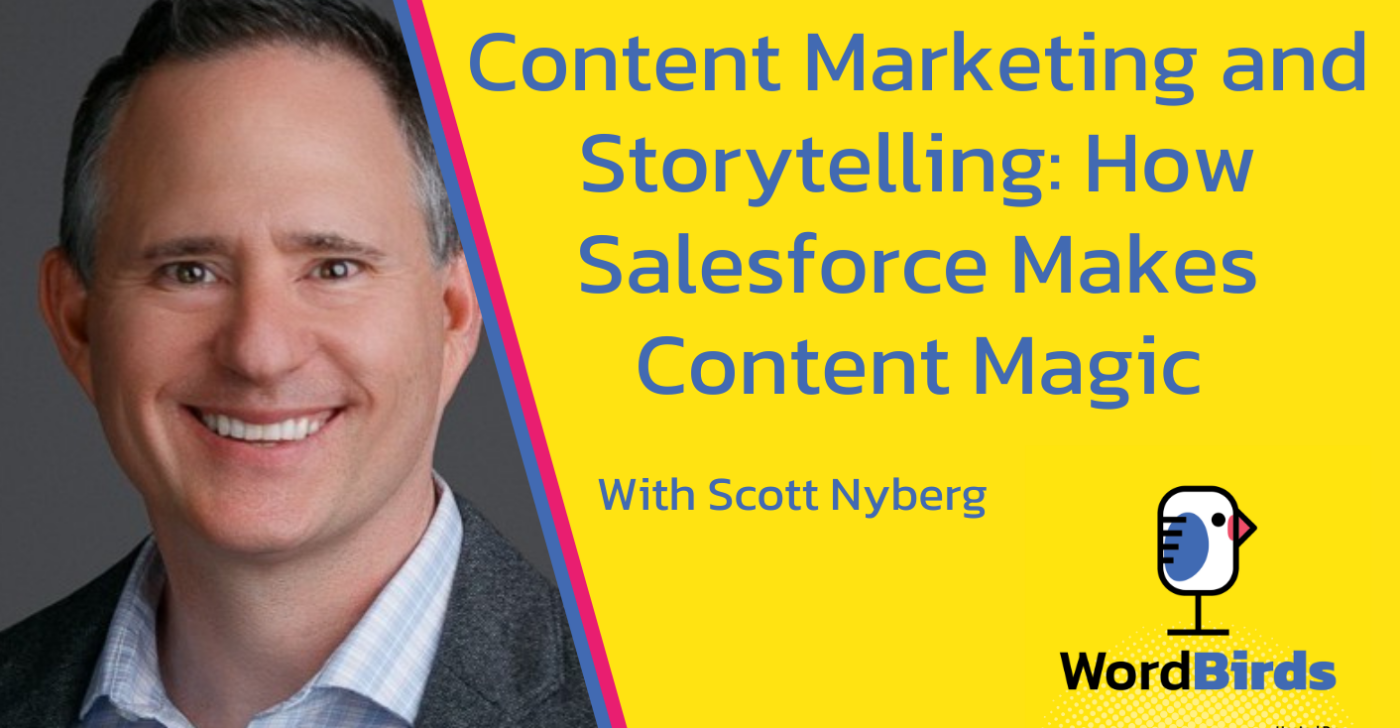A solid yet versatile content strategy is one of the most important things that companies can do to build their brand, attract and retain loyal customers, and boost their bottom line. Content creation has become firmly entrenched in commercial marketing efforts, but the truth is, almost every part of your business creates content as part of their role. Content strategy is way more than having a content or social media calendar, it’s about how well your enterprise content aligns to your business goals and how effectively it does what it intends to do.
And yet, only a third of those businesses think their organization has a robust, tactical approach to creating, distributing, and maintaining effective content. So what gives?
If we analysed every successful content piece, we’d find it firmly aligned with a sound and well-established enterprise content strategy. If you don’t have one and aren’t reaching your goals, that’s probably why. An effective content strategy should drive audience engagement, boost your brand, and provide a healthy return on your investment. To do this, you need to establish a strategy that sets out your goals and tactics, keeps you on target, and helps you measure your results.
Let’s look at the elements of a killer content strategy and some resources you can consult to help get you there.
SMART goals
First off, you need to have goals that are specific, measurable, achievable, relevant, and time-bound (i.e., SMART goals), and they need to be well-documented. Without them, your strategy will be aimless and meandering and will have little chance of success. Establishing both short- and long-term strategic goals gives you and your team direction, purpose, and a common mission.
For more resources on setting goals, check out:
SMART Goals: How to Make Your Goals Achievable (Mind Tools)
10 Content Marketing Goals Worth Pursuing (CopyBlogger)
What Are 4 Key Goals in Content Marketing? (JeffBullas.com)
Brand story
To communicate properly with your target audience, you need to understand your brand’s identity. Identifying who you are as a company, what your organization does, and what its values and mission are, all help create a unique identity. From there, you can establish a consistent personality and tone of voice that will build trust and confidence in your target market. In a world where millions of businesses are desperate to make their voice stand out, you need to create a brand story that sets you apart and resonates with your customers.
For resources on developing your brand story, check out:
How to Create an Authentic Brand Story That Actually Improves Trust (Neil Patel)
Tell Your Brand’s Story — The Beginner’s Guide to Online Marketing (Quick Sprout)
There’s an Art to Telling Your Brand’s Story: 4 Ways to Get It Right (Entrepreneur)
Style guidelines
You can’t create consistent, high-quality content if you don’t have documented style guidelines to follow. These should cover everything from your company’s preferences on issues like grammar and punctuation to the use of words and phrases, naming conventions, terminology, and your company’s unique brand voice. To create effective blog posts, case studies, social media content, e-books, and long-form content, you need it to be well-written and absolutely consistent. That makes a style guide a must-have part of your strategy.
For resources on creating style guidelines, check out:
6 Steps to Creating Your Content Marketing Style Guide (Content Marketing Institute)
Creating a Successful Style Guide for Your Brand (Help Scout)
Building a Visual Language (Airbnb)
Content Style Guides: The Guide to Creating Consistent and Engaging Customer Experiences (Acrolinx)
Customer personas
Who are you trying to reach? If you want your strategy to be effective, you need to identify your exact intended audience. And don’t just stop at demographics. You also need to understand what drives them. What does your target audience care about? What are their pain points? How do they expect you to communicate with them? How can you help them? Once you’ve got that down, you can target them more effectively.
For resources on developing customer personas, check out:
How to Create Highly Accurate Customer Personas for Marketing (NeilPatel.com)
The Complete, Actionable Guide to Marketing Personas (Buffer App)
How to Create Detailed Buyer Personas for Your Business (HubSpot)
Competitive research
The most successful enterprise content strategies consider the wider landscape of your industry. You need to find out what tactics and strategies your peers are using. What works for them and what doesn’t? Are they employing clever tactics you’ve overlooked? Once you know how they’re operating, you can measure your performance against theirs and figure out which content types help you stand out in the market.
For resources on conducting competitive research, check out:
How to Conduct Competitive Analysis to Step Up Your Content Strategy (HubSpot)
The Guide to Content Marketing Competitive Intelligence (Search Engine Journal)
How to Do a Competitive Content Marketing Analysis (Content Marketing Institute)
Keywords
You need to know what’s working and what isn’t so you can align your content ideas to your business goals. Otherwise you’re wasting your content marketing efforts. Key performance indicators (KPIs) are fundamental to any strategy. You need clear metrics that show what you’re aiming for and how successful you are at getting there. By constantly measuring and tracking your progress against established metrics, you’ll use precious resources more efficiently and see better results.
For resources on performance metrics, check out:
Beginner’s Guide to SEO (MOZ)
SEO: A Comprehensive Guide for Beginners (Neil Patel)
A Complete Guide to Getting Started in SEO (Search Engine Journal)
Promotion and distribution
You know what content you’re creating, and how you’re going to do it. Now you need to figure out exactly how you’re going to reach your intended audience. There are so many channels available that it can be mind-boggling. But, when you know which ones are most likely to connect you with your target audience, you’ll have a better chance at conversion.
For resources on promoting and distributing your content, check out:
Content Promotion (MOZ)
17 Advanced Methods for Promoting Your New Piece of Content (Neil Patel)
50 Ways to Drive Traffic to Your Next Article (Orbit Media Studios)
KPIs
You need to know what’s working and what isn’t. Otherwise you’re wasting your content marketing efforts. Key performance indicators (KPIs) are fundamental to any strategy and ultimately, effective content. You need clear metrics that show what you’re aiming for and how successful you are at getting there. By constantly measuring and tracking your progress against established metrics, you’ll use precious resources more efficiently and see better results.
For resources on performance metrics, check out:
Content Marketing KPIs and Metrics: 15 Important Considerations (Search Engine Journal)
5 Ways to Translate Your Content Marketing Goals into Key Performance Indicators (Content Marketing Institute)
Don’t slack off: Keep your strategy current
It’s easy to sit back and relax once you feel you have a good content strategy in place, but you shouldn’t ever stop trying to make improvements. Review your strategy regularly and make adjustments. Be sure to take advantage of new technologies and advances, and respond to changes in the market or industry. Keeping your strategy updated, comprehensive, and well-documented will propel your content to the next level.
To learn more about creating a great content strategy as your organization grows, download our recent eBook “Content Strategy for the Modern Enterprise: The Ultimate Guide to Designing an Effective Content Strategy“. It’s full of insights into how to transition from a content marketing strategy, to a more holistic enterprise-wide strategy.



